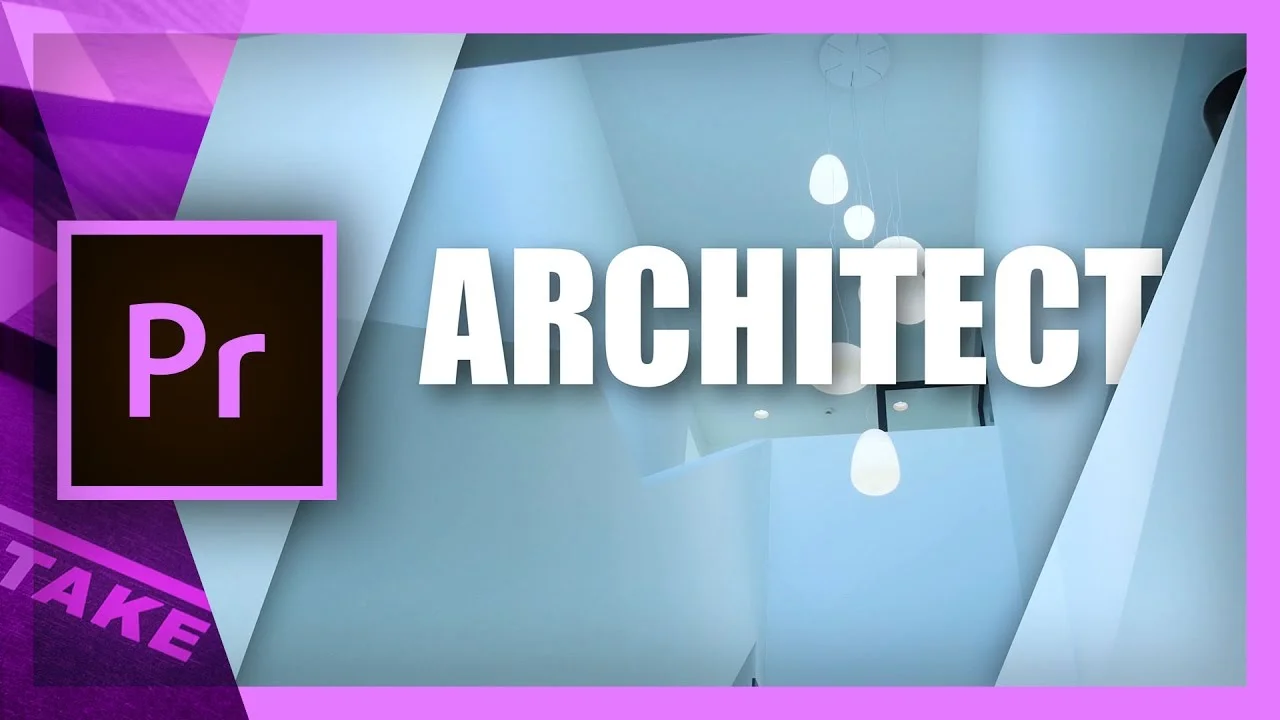Style effects company, Rampant Design, has really been ramping up it's Premiere Pro content ever since the new year. Not long ago, they launched Make Better Video, a free Premiere Pro tutorial series. Now Rampant Design is offering Premiere Pro templates and presets for purchase. These professional-grade templates come ready to use; just open the Premiere Pro project file and drag-and-drop your footage in the video placeholders.
The template selection is growing quickly, according to Rampant Design founder, Sean Mullen, with roughly 100 templates in production at the time of this writing. The cool thing about Rampant's Premiere Pro templates is they are accompanied with a video tutorial on how to use them. So not only do you see what you're getting, but you also get an inside look at how the templates are developed.
Source: http://PremiereTemplates.net










